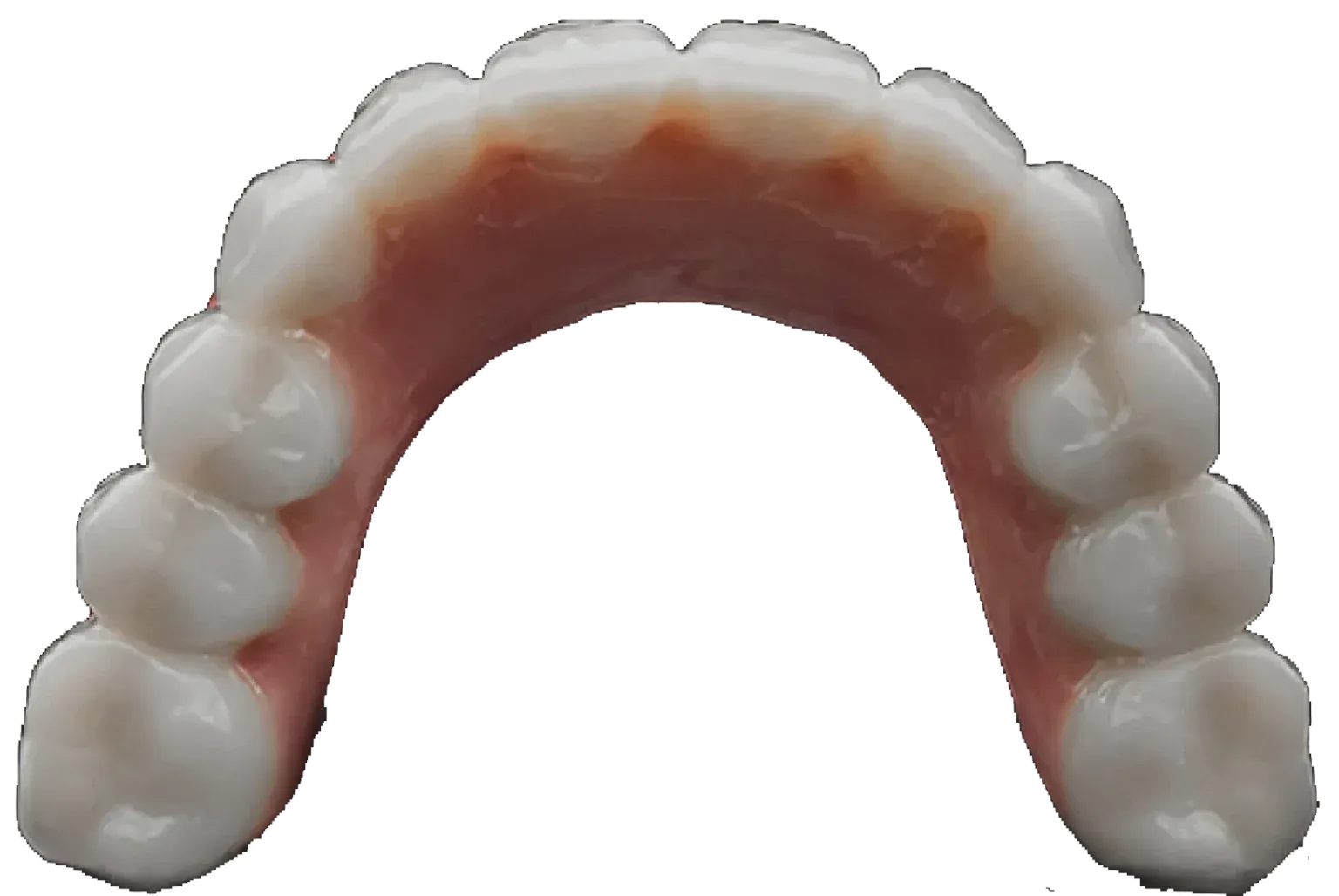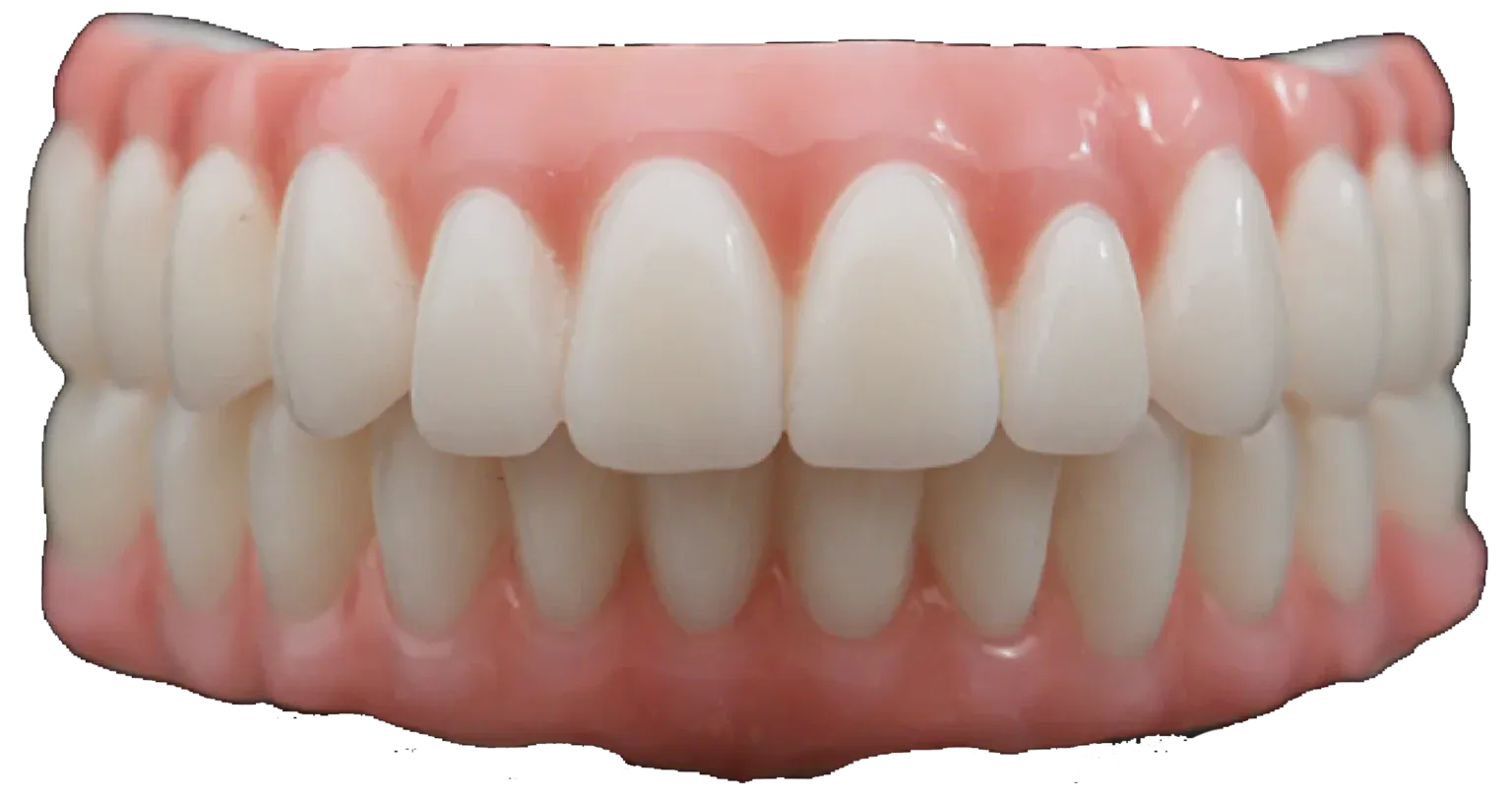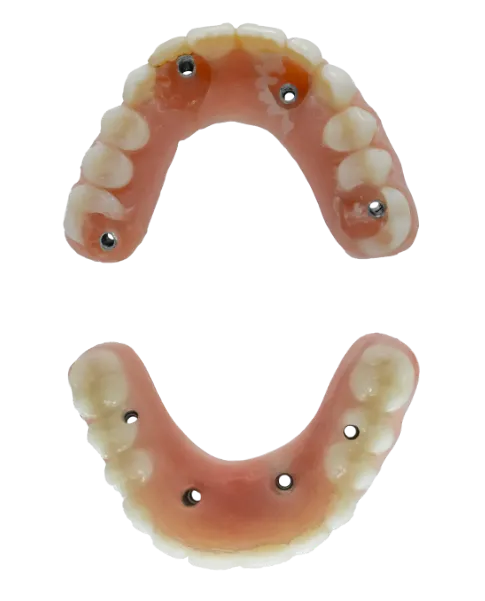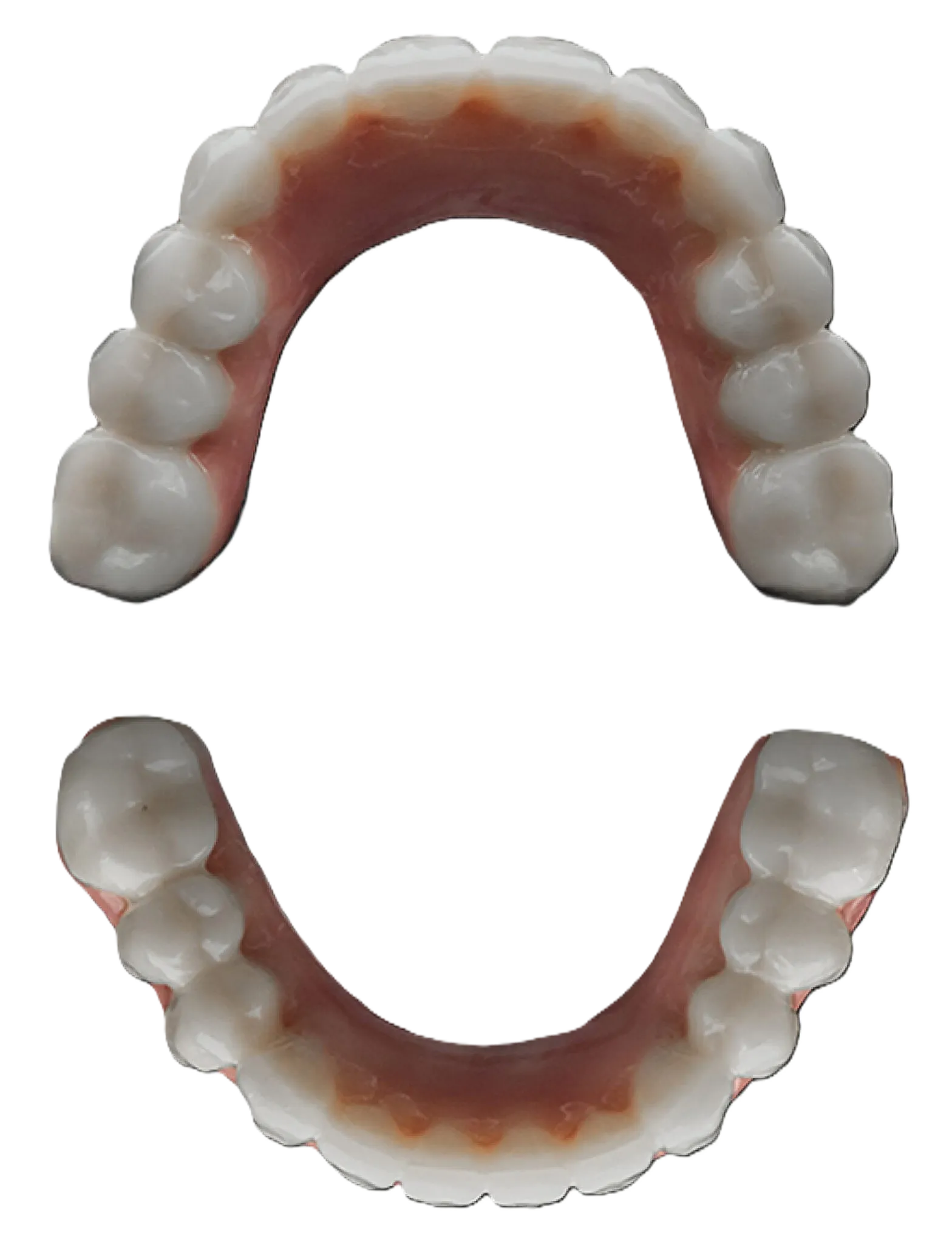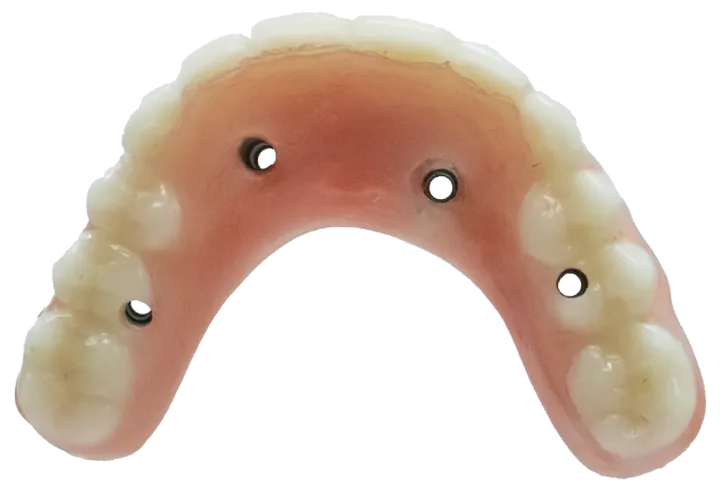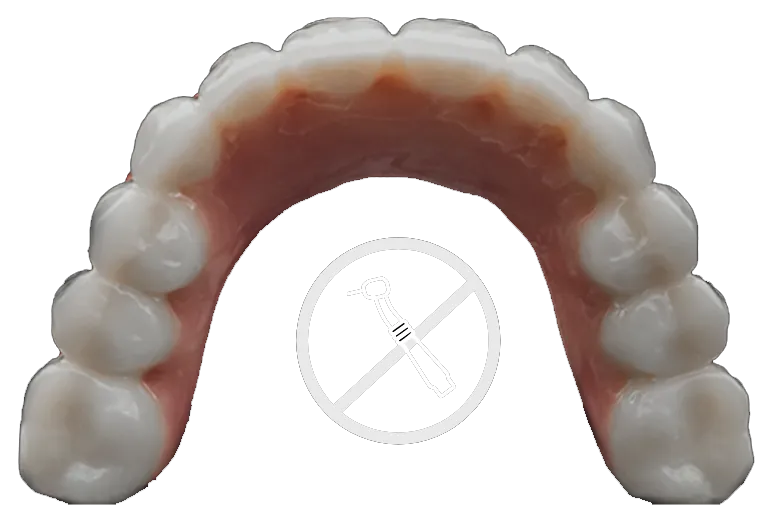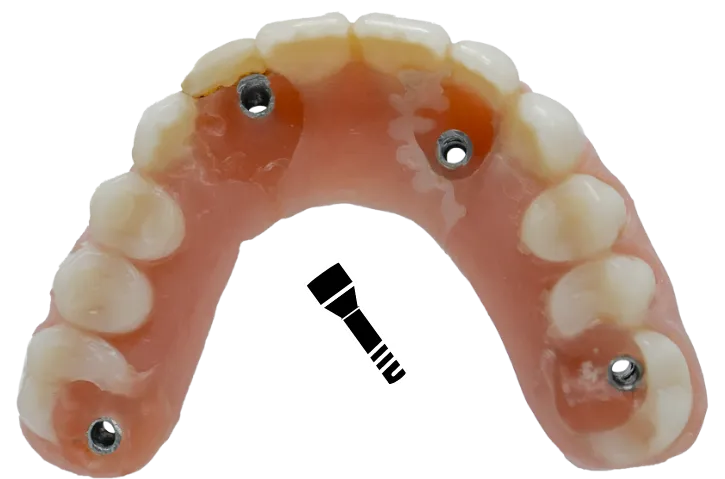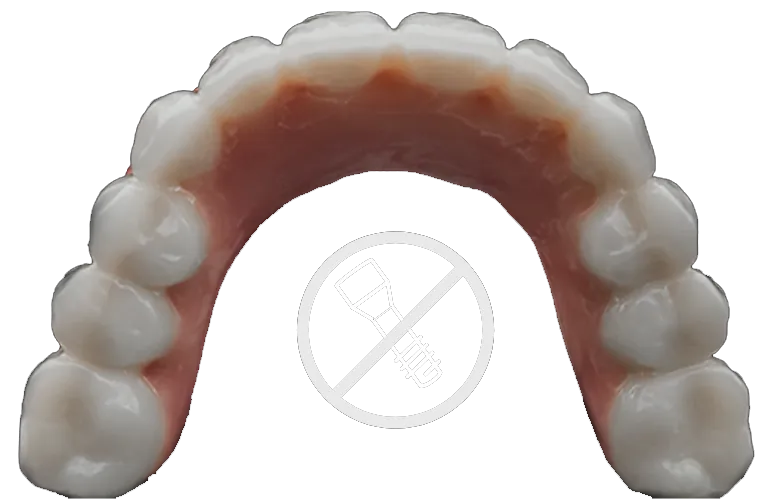Welcome to Smileloc



Which Would You Choose?
- How much do screw-in teeth cost per arch?
- Other Screw in teeth can cost up to $45,000 per arch because of breaks and adjustments.
- How much does Smileloc cost per arch?
- Smileloc costs $17,995 per arch, no hidden fees.
- How strong are screw-in teeth? Potential for fractures and breaks?
- Screw holes mean fractures and breaks can occur.
- How strong is Smileloc? Risk of fractures or breaks?
- No holes means stronger teeth that resist fractures and breaks.
- How reliable are screw-in teeth? Do screws loosen, strip, or break?
- Screws often loosen, strip, or even break, leading to expensive repairs.
- How reliable is Smileloc? Any risk of loosening or breakage?
- Smileloc won't loosen, strip, or break.
- How do screw-in teeth look? Any aesthetic concerns?
- Requires 4-6 screw holes in your teeth. Hole covers can discolor, fall out, leak, or smell.
- How does Smileloc look? Is it natural?
- Naturally healthy-looking smile. No cover-ups needed.
- How easy is it to maintain or service screw-in teeth?
- Acceptable but not exceptional.
- How easy is it to maintain Smileloc?
- Easier visits and better care.
- How many offices or dentists are involved with screw-in teeth?
- Often requires visiting multiple offices with a mix of dental professionals.
- How many offices or specialists are involved with Smileloc?
- Led by a team of specialists at one center.


Learn More About Our Technology

Rodo Medical
If This Isn’t Revolutionary, What Is?

The Journal of Prosthetic Dentistry
Clinical Application Of A Shape Memory Implant Abutment System
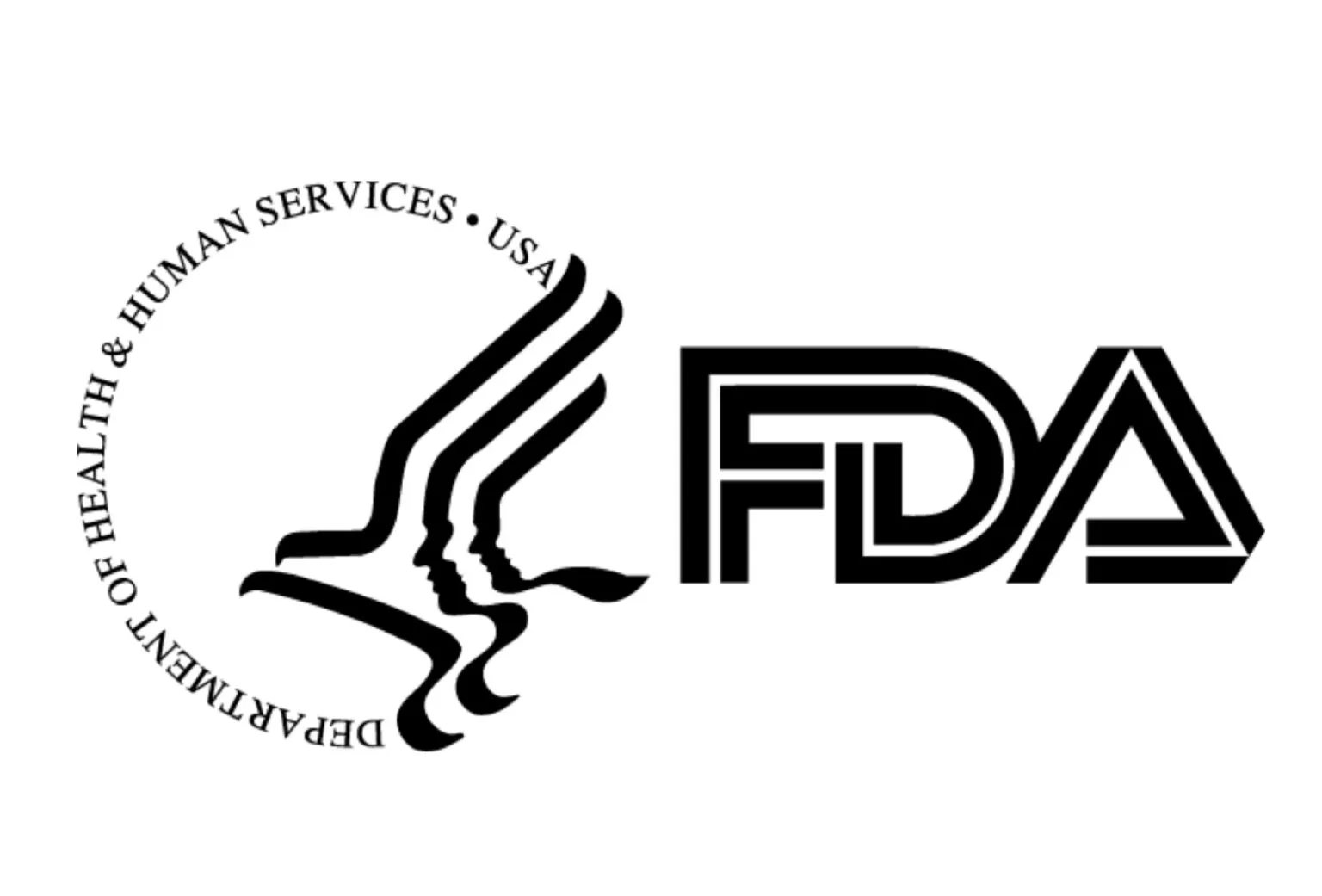
FDA Food & Drug Administration
Smileloc® is FDA Approved* and Available in the US, Canada and Other Countries
Latest YouTube Shorts
Recent Journals
Recent Research
Stay updated with the latest findings and insights from our research team
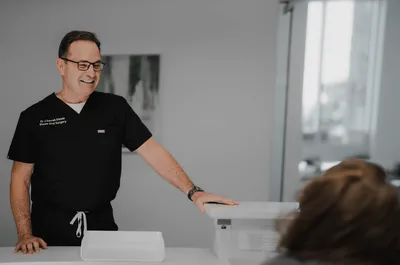
Sedation vs. General Anesthesia for Full‑Arch Implants: What You’ll Really Feel
Learn the differences between sedation and general anesthesia for full‑arch implant surgery. Understand what to expect during your procedure and how to prepare for your recovery.

Redo Full‑Arch Implants: Why 20–30% Are Re‑Dos — and How to Avoid One
Learn why 20-30% of full arch implants need redo work and how to avoid common mistakes. Get expert guidance on evaluation, treatment options, and prevention strategies for successful implant outcomes.

Terms Explained: A Patient-Friendly Glossary
Easy-to-understand glossary of dental implant terms. Learn about treatment options, planning procedures, materials, bite comfort, and hygiene care in simple language that patients can understand.
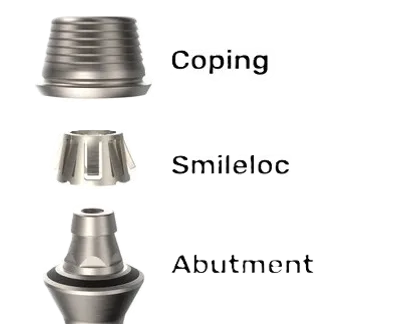
All-on-X vs. Other Options: What to Consider Before You Decide
Compare All-on-X with traditional dentures, snap-in dentures, and dental bridges. Learn about each option, what to think about, and how to choose the best treatment for your full arch dental needs.
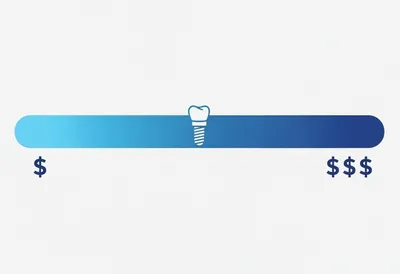
The Big Reasons Prices Range So Much
Learn why dental implant prices vary so much with our 10-point guide. Discover what affects costs, get a 6-question checklist to decode any quote, and understand Smileloc's transparent pricing approach.
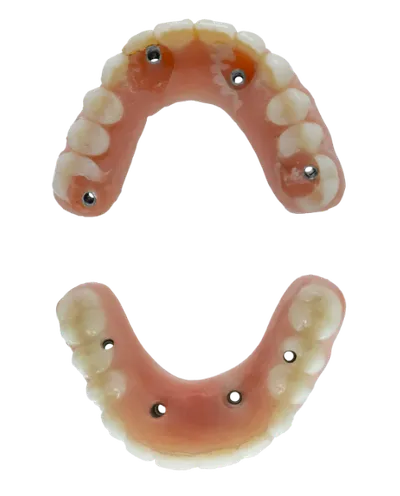
All-on-X Failures: Why They Happen—and How to Avoid Them
Learn why All-on-X implants sometimes fail and how to prevent problems. Discover the 5 main reasons for failure, what puts you at risk, and how new technology like Smileloc can help avoid these issues.
